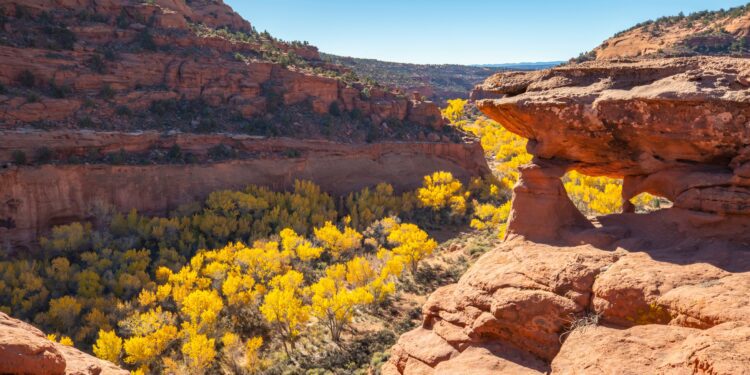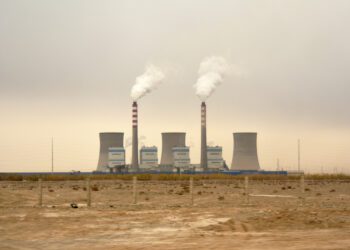As part of the Trump administration’s push to expand U.S. energy production, federal officials will review and consider redrawing the boundaries of national monuments created under previous presidents to protect unique landscapes and cultural resources.
The review — laid out in a Monday order from new Interior Secretary Doug Burgum — is raising alarms among conservation groups concerned that President Donald Trump will shrink or eliminate monuments established by his predecessors, including Democrat Joe Biden.
Burgum gave agency officials until Feb. 18 to submit plans on how to comply with his order.
Among the sites most at risk are Bears Ears and Grand Staircase-Escalante National Monuments in Utah, where state officials fought against their creation. Grand Staircase-Escalante holds large coal reserves, and the Bears Ears area has uranium.
Trump reduced the size of the two monuments during his first term, calling them a “massive land grab.” He also lifted fishing restrictions within a sprawling marine monument off the New England Coast.
Biden later restored protections for all three sites.
Whether Trump has the authority to change the boundaries of existing monuments is unclear and part of a pending legal case.
National monuments safeguard public water and wildlife, boost the outdoor-recreation economy, protect trails and preserve culturally and geographically significant sites, the group said.
The Utah monuments encompass more than 3.2 million acres — an area nearly the size of Connecticut. They were created under the Antiquities Act, a 1906 law that gave presidents the powers to protect sites considered historic, geographically significant or culturally important.
The Supreme Court has affirmed the president’s authority to create national monuments, and both Democrats and Republicans — including Trump — have used the Antiquities Act.
Interior Department officials declined to say whether any monuments would be singled out and stressed that no decisions have been made. Burgum did not explicitly mention any monuments in his order but cited the federal statute that corresponds to the 1906 law.
Underlying his actions is the Trump administration’s contention that the U.S. is experiencing a “national energy emergency” at a time when domestic oil production is at record levels.
Groups representing the oil industry praised Burgum’s orders. “American energy leadership is back,” said National Ocean Industries Association President Erik Milito.
But the declaration of an energy emergency has drawn pushback from Democrats and environmentalists.












